Guaranteed Delivery
by Mother’s Day
on orders placed through May 2
Guaranteed Delivery by Mother’s Day
on orders placed through May 2
on orders placed through May 2
on orders placed through May 2
SAVE 15% OFF your order
(Use code LOVE)
FREE SHIPPING when you spend $100 (Continental US Only)
FREE 9″ Beech Bowl when you spend $150 (Use code SPRING)
SAVE 15% on all orders (Use code LOVE)
FREE SHIPPING when you spend $100 (Continental US Only)
FREE 9″ Beech Bowl when you spend $150 (Use code SPRING)
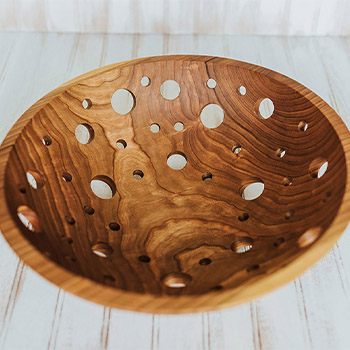
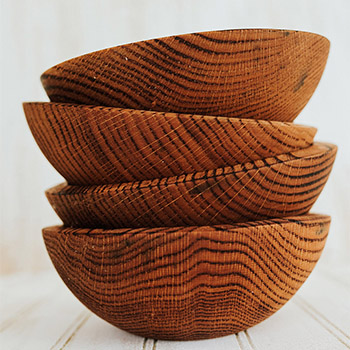
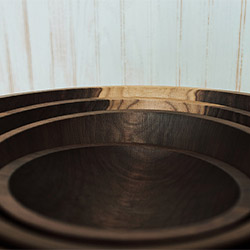
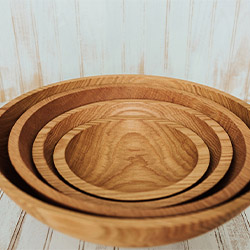
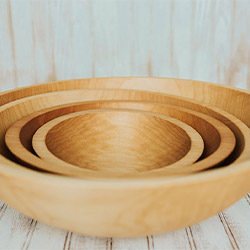
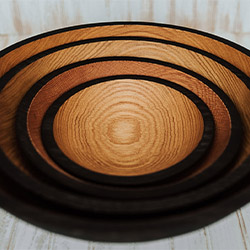
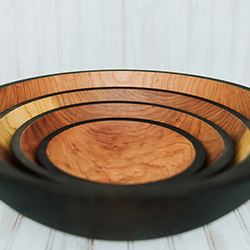
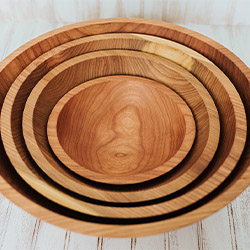
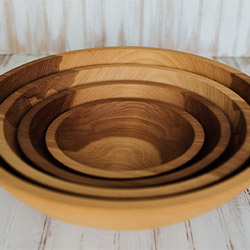
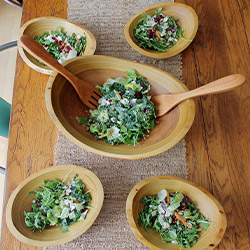

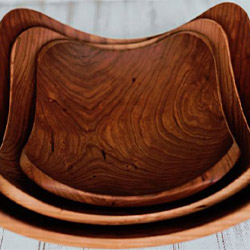
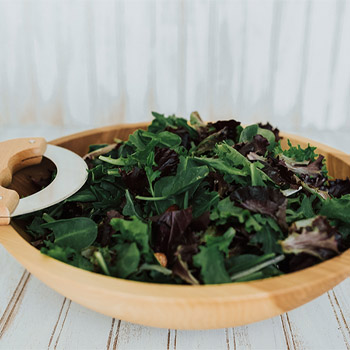

Share
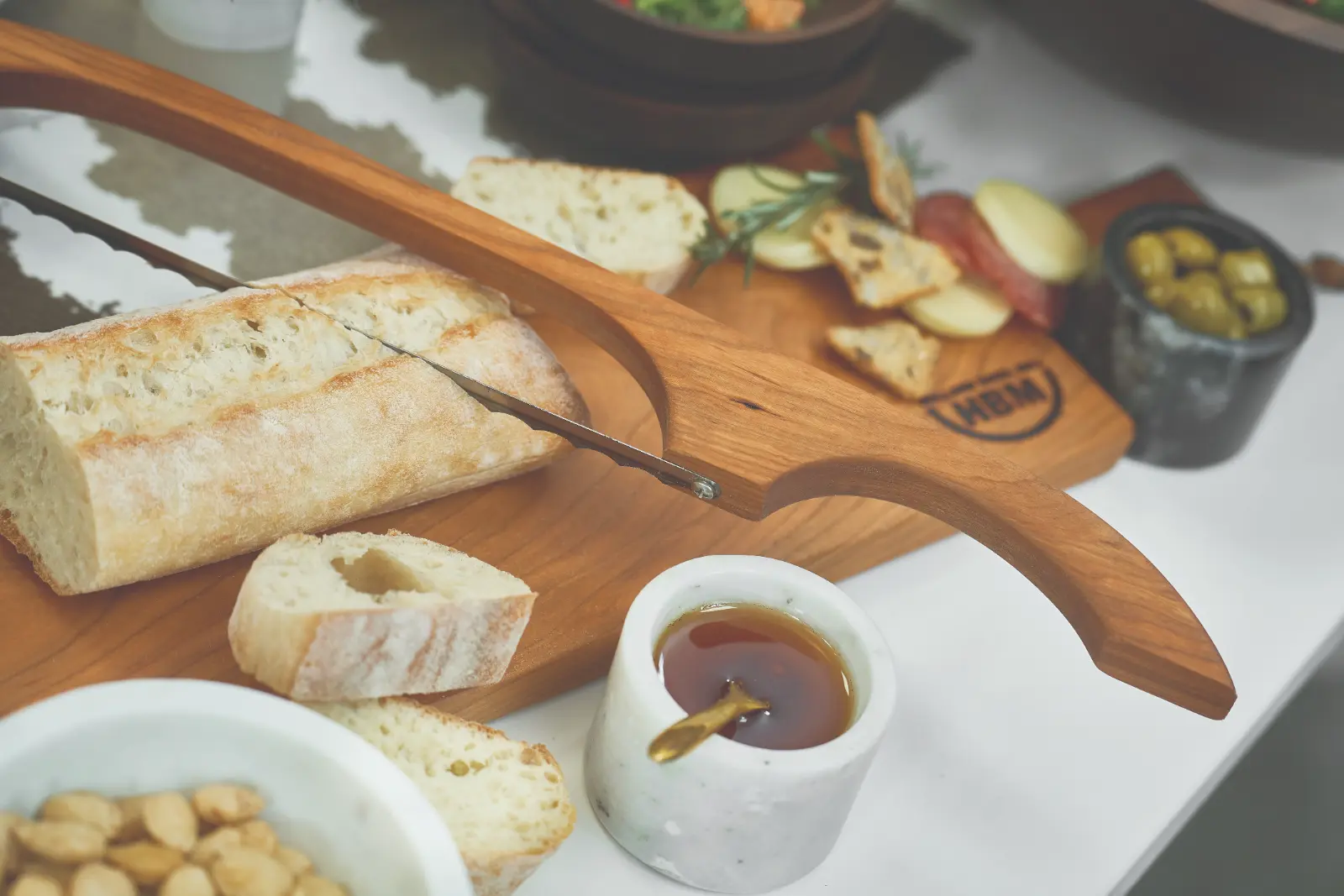
When it comes to choosing the perfect wood for your kitchen, it can be quite a daunting task. The options seem endless, and the decision is not one to be taken lightly.
However, among the plethora of choices, two contenders stand out: maple and walnut. These two wood types have gained popularity for their unique qualities and versatility. But which one is the ultimate winner?
Well, let’s explore the factors that make them distinct and see where they lead us.
When choosing the right wood for your kitchen, consider the properties of maple and walnut. Both woods offer unique characteristics that can enhance the overall aesthetic and functionality of your kitchen space.
Maple is a popular choice for kitchen cabinets and countertops due to its light color and smooth texture. It has a tight grain pattern that adds a touch of elegance to any kitchen design. The light color of maple also creates a bright and welcoming atmosphere, making your kitchen feel warm and inviting. Additionally, maple is highly durable and resistant to scratches and dents, making it a practical choice for a busy kitchen environment.
On the other hand, walnut is a darker wood with a rich and luxurious appearance. Its deep brown color adds a sense of sophistication and warmth to your kitchen. Walnut has a distinctive grain pattern that showcases its natural beauty, making it a perfect choice for those who desire a unique and timeless look. While walnut isn’t as resistant to wear and tear as maple, it can still withstand daily use when properly cared for.
Ultimately, the choice between maple and walnut depends on your personal preferences and the overall style you want to achieve in your kitchen. Maple offers a light and airy feel, while walnut provides a more luxurious and traditional look. Consider the amount of maintenance you’re willing to put in and the level of durability you need before making your decision.
Whatever you choose, both maple and walnut will add a touch of elegance and warmth to your kitchen, creating a space where you can truly feel a sense of belonging.
Consider the durability and resistance of maple and walnut when choosing the right wood for your kitchen. You want a kitchen that not only looks inviting but also stands the test of time. Both maple and walnut are known for their strength and durability, making them excellent choices for kitchen cabinetry and countertops.
Maple, with its tight grain and smooth texture, is highly resistant to scratches, dents, and general wear and tear. This makes it ideal for busy kitchens where the countertops are constantly being used as workspaces, and the cabinets are frequently opened and closed. Maple’s natural hardness makes it less likely to chip or dent, ensuring that your kitchen will look pristine for years to come.
On the other hand, walnut offers a unique blend of strength and elegance. While not as hard as maple, walnut is still a durable wood that can withstand everyday use. It has a rich, dark color and a distinctive grain pattern that adds warmth and character to your kitchen. Despite being softer than maple, walnut is less prone to water damage, making it suitable for areas near sinks or dishwashers.
When it comes to resistance against moisture and humidity, both maple and walnut perform well. Both kinds of wood have a natural resistance to warping and shrinking, which is crucial in a kitchen environment where moisture levels can fluctuate. However, it’s important to note that proper care and maintenance, such as regular sealing and promptly cleaning up spills, are essential to ensure the longevity of your wood surfaces.
To keep your maple or walnut kitchen looking its best, regular maintenance and care are essential. Here are four key steps you can take to ensure the longevity and beauty of your kitchen:
The natural beauty of maple and walnut kitchen surfaces is enhanced by their unique grain patterns. When it comes to aesthetics, both maple and walnut offer distinct features that can add a touch of elegance and warmth to your kitchen.
Maple wood is known for its light and creamy color, which creates a bright and inviting atmosphere. Its grain pattern is generally straight and consistent, giving it a clean and sleek appearance.
On the other hand, walnut wood boasts a rich, dark brown color that exudes sophistication and luxury. Its grain pattern is often more irregular, featuring swirls, waves, and even occasional knots, which adds character and charm to any kitchen space.
The choice between maple and walnut ultimately comes down to personal preference and the overall design style you want to achieve in your kitchen. If you desire a modern and minimalist look, maple with its smooth and uniform grain pattern may be the ideal choice for you. On the other hand, if you prefer a more rustic or traditional aesthetic, walnut with its natural variations and unique grain patterns may be more fitting.
Regardless of the specific grain pattern you choose, both maple and walnut offer timeless beauty that will never go out of style. Their natural appeal creates a sense of warmth and belonging in your kitchen, making it a space where you can gather with family and friends.
When it comes to purchasing kitchen surfaces, it’s important to consider the price and availability of both maple and walnut wood. These factors play a significant role in determining which option is best for your kitchen. Here are four key points to consider:
Consider these factors when deciding between maple and walnut wood for your kitchen surfaces. Whether you prioritize affordability, availability, sustainability, or longevity, there’s a wood option that will suit your needs and provide a sense of belonging in your kitchen space.
So, which wood is best for your kitchen: maple or walnut?
After considering their properties, durability, maintenance, aesthetics, and price, it’s clear that both woods have their advantages.
Maple offers a light and clean look with excellent durability.
Walnut adds warmth and richness to your kitchen with its unique grain patterns.
Ultimately, the choice comes down to personal preference and budget.
So go ahead and choose the wood that speaks to your style and fits your needs best!
All Holland Bowl Mill bowls come with a lifetime guarantee. If your bowl ever cracks or warps from regular use, Holland Bowl Mill will replace it with a new one of similar size and finish. Never let water stand in a wood bowl for a long period of time and never clean wood bowls or any wood product in the dishwasher. Holland Bowl Mill recommends using water and a small amount of mild soap to clean your wood products, then hand dry.
No appointment needed if group is under 10.
For larger groups, call 616-396-6513 to schedule your tour.
© 2023 Holland Bowl Mill